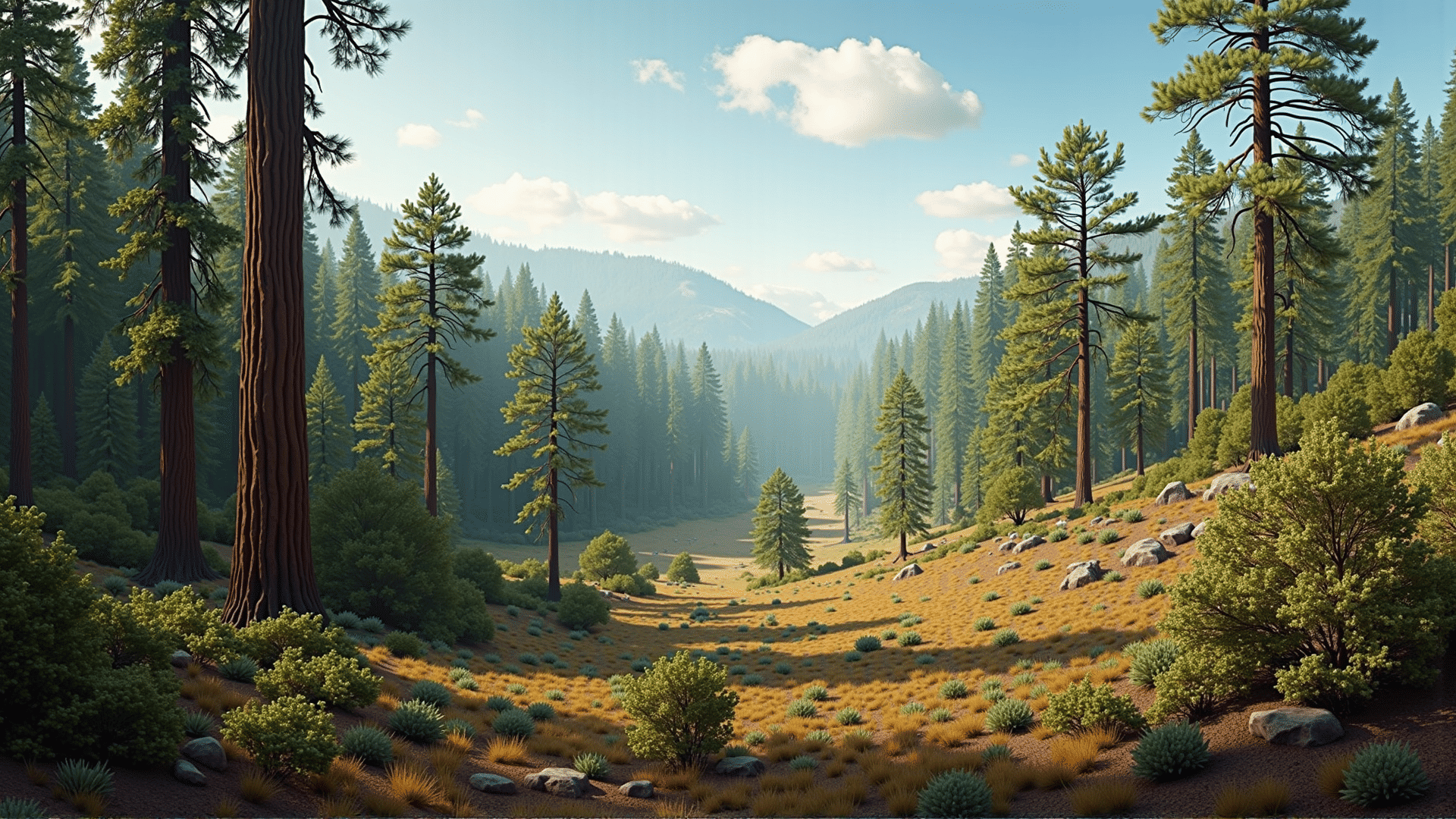The diverse patterns of regional growth among trees offer a fascinating glimpse into the interconnectedness of ecosystems and the myriad factors that influence these towering giants of the natural world. Understanding how regional factors affect tree growth rates and ultimate size underscores their crucial ecological roles and highlights the importance of biodiversity in forest ecosystems.
Climatic Influences:
One of the primary regional factors affecting tree growth is climate. Temperature, precipitation, and seasonal variations play pivotal roles in determining the pace at which trees grow. In temperate regions, trees experience distinct growth periods, with rapid expansion during warmer, wetter months, and dormancy during colder periods. Conversely, tropical regions, with their consistent climate, afford trees the opportunity for year-round growth. However, variations in tropical microclimates, such as dry and wet seasons, can still create differential growth patterns.
Soil Composition and Nutrients:
Soil type is another critical regional factor that influences tree growth. Soils rich in nutrients and with good drainage promote robust growth, allowing trees to reach their maximum potential height and girth. In contrast, poor soil conditions or those with extreme pH levels can stunt growth or lead to adaptations that prioritize survival over size. Forests growing atop nutrient-rich volcanic soils, for instance, often exhibit rapid growth and higher biodiversity.
Geographic and Topographic Variations:
The geographical setting, including altitude and topography, further shapes tree growth patterns. At higher altitudes, trees are exposed to harsher climatic conditions, such as lower temperatures and increased wind exposure, resulting in shorter, more robust forms suited to conservational energy use. Similarly, trees growing on slopes might develop tilted trunks or expansive root systems to anchor themselves securely.
Biotic Interactions:
Trees do not live in isolation; they are part of a complex web of interactions with other organisms. Competition for resources like sunlight, water, and nutrients can significantly influence growth rates. Trees in dense forests may grow taller as they compete for sunlight, creating canopies that support myriad animal and plant life. Additionally, symbiotic relationships, such as those between trees and mycorrhizal fungi, enhance nutrient uptake and bolster growth.
Human Influence and Climate Change:
Human activities have distinctly regional impacts on tree growth. Deforestation, urbanization, and pollution can impair regional growth patterns, shifting ecological balances and affecting biodiversity. Moreover, climate change represents an overarching global challenge that influences tree growth at both local and regional levels. Changes in temperature and precipitation patterns, alongside increased frequency of extreme weather events, are altering traditional growth cycles and presenting new challenges for forest management and conservation efforts.
Ecological Roles and Implications:
The growth patterns influenced by these regional factors significantly determine trees' ecological roles. Larger trees contribute to carbon sequestration, climate regulation, and habitat creation. They support a plethora of species by providing food, shelter, and maintaining water cycles. Variation in tree size and growth rates also promotes biodiversity, enabling varied ecological niches that sustain complex food webs critical to ecosystem resilience.
In conclusion, regional factors such as climate, soil, topography, and biotic interactions intricately shape the growth patterns and sizes of trees. These patterns, in turn, affect trees' ecological roles, emphasizing the importance of preserving diverse and healthy ecosystems. As we gain a deeper insight into these dynamics, we are better equipped to foster sustainable management practices that enhance forest health and resilience in the face of ongoing environmental challenges.
